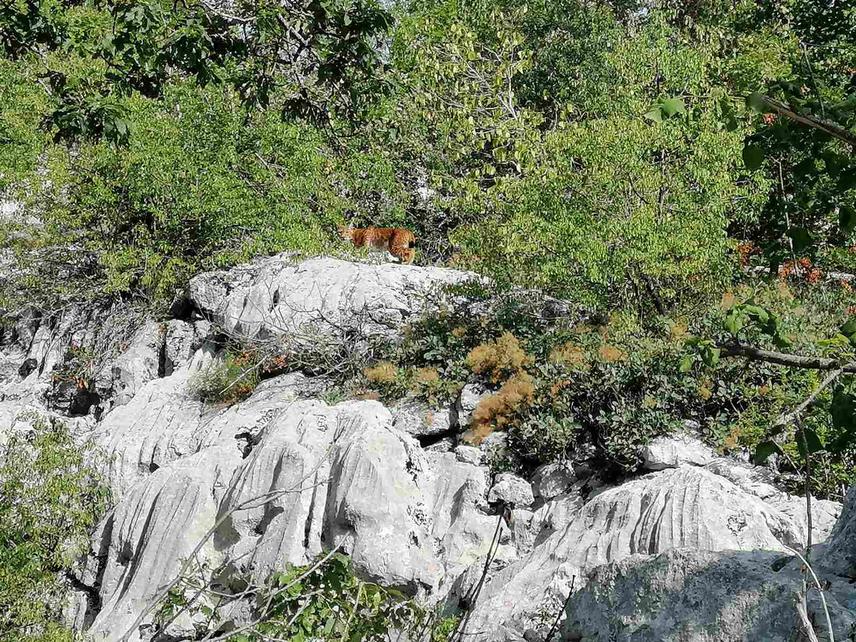Tijana Trbojević
Other projects
24 May 2021
Searching for the Balkan Lynx in Southeast Bosnia and Herzegovina and Western Montenegro
As it has been scientifically proven, the Balkan lynx population (Lynx lynx balcanicus) inhabits parts of North Macedonia, Albania and Serbia-Kosovo (until a few years ago and in eastern Montenegro), and the Dinaric lynx population (Lynx lynx carpathicus) inhabits parts of Slovenia, Croatia and Bosnia and Herzegovina. Previous research has shown that the merger of two lynx subpopulations may occur precisely in areas of south-eastern Bosnia and Herzegovina and Montenegro. Research conducted (2019-2022) in the area of south-eastern Bosnia and Herzegovina (B&H) and western Montenegro (MNG) showed that at least two lynx individuals exist there. The latest research (2021-2022) proved that one of these individuals belongs to the Dinaric lynx population (DNA analysis). This individual was found on Zelengora Mountain (B&H). For the second individual, no hard evidence of its population affiliation has yet been found. This individual permanently or occasionally inhabits the Maglić and Volujak mountain massifs in western MNG and south-eastern B&H. In the meantime (September 2022), on Bjelasnica mountain (B&H - Municipality of Gacko), the third lynx individual appears 30 km from Zelengora Mountain.

Lynx on Bjelasnica Mountain, September 2022. © Tomislav Milovic.
The general goal of the project is to contribute to the preservation of endangered species in Europe, while the specific aim is to establish and implement the protection of the Dinaric and Balkan lynx populations in Bosnia and Herzegovina and Montenegro.
Accordingly, project activities will be carried out in the mountains: Maglić (MNG-B&H), Volujak (MNG-B&H), Zelengora (B&H) and Bjelasnica (B&H). The total surface of the research area is about 249 km² with an altitude range from 779-2,386 m s.l. The total length of the transect on which the fieldwork will be done is 92 km. The habitat has favourable living conditions for lynx.
Activities:
• Professional theoretical and field training for 22 volunteers.
• Searching for signs of the presence of lynx and collecting samples for DNA analysis (footprints in snow and mud, marking sites with faeces, urine, hair, and remains of prey).
• Setting up photo-traps on planned transects.
• Checking of photos
• Meetings with the Ministry of Ecology of Montenegro.
Conservation outputs:
• Collected hard evidence of the presence of lynx in the research area on the Montenegrin side (photo and/or DNA sample).
• Collected lynx hair or other samples for genetic analysis in Sutjeska National Park and on the mountain Bjelasnica.
• Trained 22 volunteers to collect relevant samples of the presence of lynx (and other large carnivores). The target group was students, local mountaineers and hunters.
• Determined the size of the lynx territory by collecting signs of the presence of the species (photo, DNA sample from faeces, urine or hair, footprints, remains of prey).
• Discovered lynx's abundance in the study area.
• In Montenegro, the procedure to declare the species permanently protected has been initiated.
Header: Lynx habitat Volujak Mountain in B&H & Montenegro.